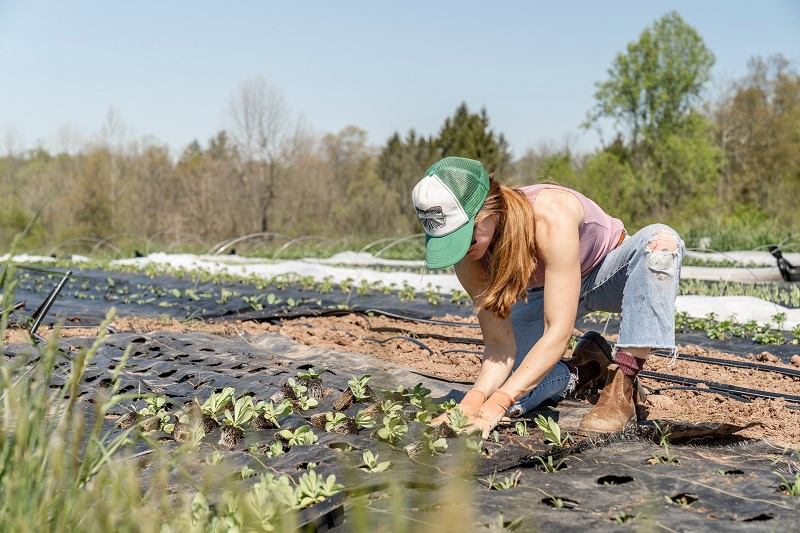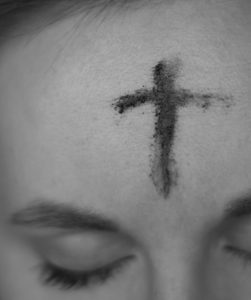Being alive blows me away. Every so often I’m gobsmacked anew by the miracle I am, and that you are. Animate, conscious meat sacks—bundles of aggregated Earth elements, able to sing and dance and tell stories. Able to learn. To remember.
Able to love. And to hate.
How crazy is this?!
This being alive thing is astounding! Awesome! Amazing! Wild!
I’m also able to know one day I’ll end. This self-aware, cohered dust that is me will return to the Earth from which I sprang. The miracle that is me will cease to exist in this form. This is, of course, true for every Earthling entity. I’m not special.
My friends in their 80s laugh at me—but I do fear aging and death. The other side of this amazing being alive thing is this amazing dying thing. I’ve already outlived both parents. I’ll be 80 myself in fifteen years.
I know how fast fifteen years goes. It’s not long.
Jed’s impending retirement has made this life of mine feel all the more urgent. For 50 years, I’ve been thinking someday I’ll get around to that. And next time I’ll do it different. Better. Somedays and next times are dwindling fast. I don’t have many do-overs left.
I want to live MY life, the life I’m meant to live. The life I choose for myself, not the one I’ve been trained to live. The life where I follow others’ rules and measure myself by others’ standards is a safe life. Safe, easy, and painful.
Now I see. This is what Lent is for: to examine my choices and conform them more fully to my values. So I won’t have regrets on my death bed. I want the Earthlings I love to know without an iota of doubt that I love them, through and through.
This revelation is nothing new, it turns out. Tradition and Mary Oliver have gotten here first.
Of course Lent is about mortality, says my husband when I share my revelation. He tells me Frederick Buechner said that Lent is for the big questions. Seven weeks to take meaning and mortality seriously.
And, of course also Mary Oliver, who asked What does it mean that Earth is so beautiful? And what shall I do about it? What is the gift that I should bring to the world? What is the life that I should live?
Living my life my way requires both going rogue and returning home. Following the direction of my heart will create more external conflict, as I bump up against established patterns and others’ preferences and expectations. Following my heart’s direction also means more internal peace, as the gap between my values and my choices narrows.
That gap hurts. That gap sucks energy. That gap is where I lose myself.
I want to close that gap. I want to recommit to myself and my priorities. Living in integrity with myself is self-ish. It’s also necessary, despite all the training to the contrary.
My integrity is my birthright.
Your integrity is your birthright.
Our integrity is our home.
PS. My newsletter is where I share my latest writing, news, and offerings. If you want to subscribe, you can do that here, and thank you!
[Photo: Natalie Rhea Rigg on Unsplash]
Category Archives: Church Year
Ash Wednesday: Two meditations on being, dust to dust.
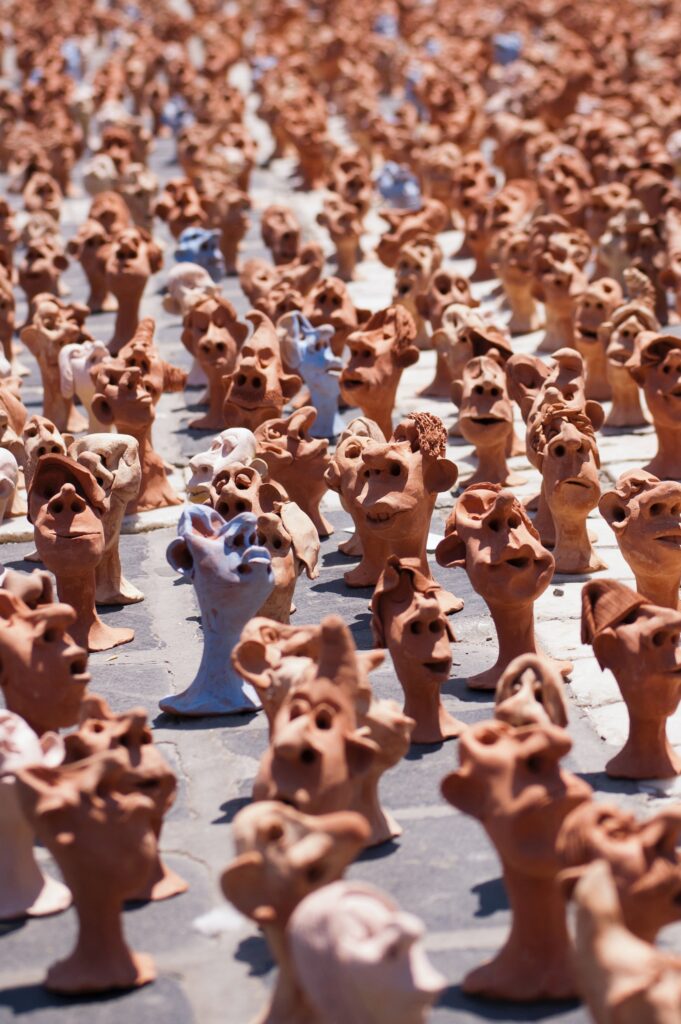
Dust to dust, ashes to ashes, the cycle begins again, the ancient whisper of our own frailty, slipping the fine clothes from our shoulders, taking the crown from our heads, bringing us back to that humble place where it all began and where it will surely end. We are the children of the Earth. Earth born, common as the ground we share, raised up by grace to breathe the mystery, laid back down to sleep the mystery deeper still. Dust to dust, life to life, the great cycle spirals our souls, sends us sailors of time, until we come to rest in our own humility, source of our true dignity.
Blessing the Dust
For Ash Wednesday
All those days
you felt like dust,
like dirt,
as if all you had to do
was turn your face
toward the wind
and be scattered
to the four corners
or swept away
by the smallest breath
as insubstantial—
did you not know
what the Holy One
can do with dust?
This is the day
we freely say
we are scorched.
This is the hour
we are marked
by what has made it
through the burning.
This is the moment
we ask for the blessing
that lives within
the ancient ashes,
that makes its home
inside the soil of
this sacred earth.
So let us be marked
not for sorrow.
And let us be marked
not for shame.
Let us be marked
not for false humility
or for thinking
we are less
than we are
but for claiming
what God can do
within the dust,
within the dirt,
within the stuff
of which the world
is made
and the stars that blaze
in our bones
and the galaxies that spiral
inside the smudge
we bear.
[Photo by Ovidiu Creanga on Unsplash]
This Lent, I will love the wildness in me.
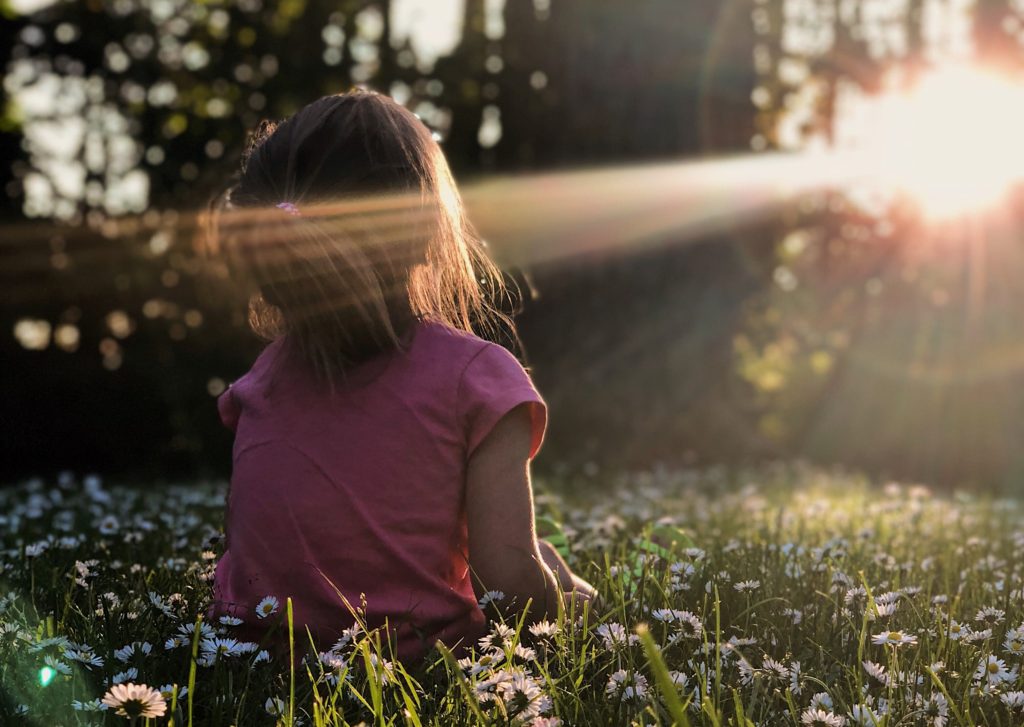
Cleaning the irrigation ditches, “acequias,” is a tradition in Northern New Mexico. Farmers dig acequias to bring water to their fields. Every spring, at the beginning of the growing season, the community gathers to weed and dredge the ditches, so the water goes where farmers want it to go and waters what they want it to water. Acequias have deep roots and a holy place in Pueblo and Spanish New Mexican culture.
Cleaning the acequias has long been one of my favorite metaphors for Lent. This week, as I was listening for what wanted to be written to you, I realized that cleaning the acequias is a tame metaphor. It doesn’t work for me anymore.
What’s Lent?
Lent shares a root with the word “lengthen” and refers to the seven weeks before Easter, a time of lengthening daylight in the Northern Hemisphere. Lent is when many Christian religious folk prepare intentionally for Easter by taking on a Lenten discipline.
Lenten disciplines often involve giving something up—chocolate, alcohol, social media—or taking something on—Bible study, meditation, decluttering. The point of a Lenten discipline, traditionally, is to make room in one’s heart and life for the risen Jesus on Easter Sunday. A focus on sin—how we fall short—and penitence—how we can punish ourselves so we’ll do better—loom large in this traditional mindset.
Many progressive clergy and church communities do their best to steer their Lenten focus toward spiritual growth and wholeness. Given the deep rootedness of sin and penitence in Lent, they’re fighting an uphill battle.
Back to acequias.
Irrigation, no matter how picturesque or historic, domesticates wild water. Copious, noisy, wild water, flowing downstream from snowy mountains, is diverted into smaller and smaller channels. Weeds are not allowed, only crops that meet the needs of farmers or landowners.
Four years ago, I wrote “A letter from God to her daughters who observe Lent.” It went a little viral in 2019 and has now been read over 60,000 times. I think that post resonates so deeply because those words refresh and renew like cold, clear water. They feel good in our bodies. They feel healing. They feel true. They feel like love.
Traditional religious ideas about sin and penitence can hurt. There is no healing in fear-based disciplines.
“The Cathedral and the Well” is the story of a pilgrim walking through the desert, searching for water. She’s checking old maps and sees that water is around somewhere, but she can’t find it. She’s desperately thirsty, and all she sees is a ruined building made of dry, dusty stones. Then, in the silence of the desert, she hears the faint sound of flowing water. She follows the sound and discovers that it’s coming from the building! She moves a loose stone aside and the sound gets louder. She continues to pull away stones until there’s a gap big enough to crawl through. Once within, she sees a spring of living water emerging from the dirt. She drinks deeply.
For centuries, pilgrims passing this way piled stones to mark the location of the spring. Over time, the stones had completely covered the life-giving water. (I’m renaming this story “The Cathedral and the Spring.”)
We can choose Love-based disciplines. We can choose wild disciplines. This Lent, I want to love the wildness in me. I want to love my internal wilderness—the inappropriate, unkempt, honey-sticky, dirty, weedy, weird parts—the parts I try to hide. The parts I haven’t quite gotten tamed so I keep them closeted and caged.
Peregrina Martha explores wildness through the lens of old-growth trees in this excerpt from Lost & Found, my Camino novel. (For more, you can download a free PDF here. The novel’s a bit of a mess in places, with occasional salty language.)
Going Wild
I watch my hand that holds the hammer that pounds me into a shape that fits the proper hole. I pound and pound myself, but I don’t quite fit. I squeeze a bulge in here, shave off a sharp edge there, and pound and pound and pound. I try to whittle myself down to nothing so I can disappear. Bang bang bang on my head hits the hammer. Square peg in round hole. Redwood into toothpick. I cut the inconvenient pieces off. I limb myself so I slide smoothly into the mill.
Limbs are where the wild things live – where birds make their nests.
Limbs are an impediment to masts and poles. I will wield the ax for you. Let me cut off my limbs to make myself suitable for industry. I will make myself straight and rigid and useful to you powers. Let me read your mind and do what you want before you ask it, so you are blameless.
Behold the limbless handmaid of the Lord.
I will stop pounding myself into a hole that will never ever fit. I will regrow my limbs and branches so wild things have a place to live. I will nourish my roots and reach for the roots of others.
I am no longer espaliered.
I am a Redwood. I am an old Ponderosa…
I am regrowing myself. I am undebecoming.
Deep kindness. Compassionate heart.
Put down the hammer and the axe.
Let go. Free fall. Trust.
Allow yourself to be who you are.
Completely here…
We are not a fiber farm. We are not a monocultured industrial forest. We are old growth. We are many- layered, and we harbor secrets. Sasquatch lives within us. We hold stories upon stories. Our usefulness is not immediately apparent. Tiny communities of uncommon organisms live only in us. We are interwoven and interdependent. We contain entire ecosystems in our crowns. Marbled Murrelets nest in our upper limbs, bathed in Pacific fog. A thousand feet above the ground, seedlings sprout from leaf duff six feet deep.
We are the old ones. The living ones…
You are deeply loved.
Growing is your job.
Be who you are.
Exform your Self into the world.
Prepare.
Good questions for Lent:
Old-growth Redwoods contain entire ecosystems on their branches and in their crowns. What chopped-off limbs will you regrow? How wild will you let your crown get? What axe will you put down?
Living Water flows in the Wild places. Who’s thirsty in your heart? What desiccated places within you yearn for wild water? What parts of you long to be rewilded? What stones will you dislodge so Living Water flows freely? What internal wilderness will you explore?
These are, for me, good questions for a healing, holy Lent. I offer them to you with love.
P.S. If you’d like my latest writing, news, and coaching offerings delivered to your inbox, please subscribe to my weekly-ish newsletter here, and thank you!
[Photo: Melissa Askew on Unsplash]
Practice Resurrection: 3 poems
Resurrection is a discipline. We live in a Good Friday world – patriarchal, consumerist, capitalist, colonialist. This world needs our Easter selves – hopeful, irrational, bursting out of the tomb, aspiring to love and kindness. Here are three poems to support you in your practice of resurrection.
Very little grows on jagged rock. Be ground. Be crumbled, so wildflowers will come up where you are. You’ve been stony for too many years. Try something different. Surrender.
Rumi, translated by Coleman Barks
Let grief be your sister, she will whether or no.
Rise up from the stump of sorrow, and be green also, like the diligent leaves.
A lifetime isn’t long enough for the beauty of this world and the responsibilities of your life.
Scatter your flowers over the graves, and walk away.
Be good-natured and untidy in your exuberance.
Mary Oliver, from The Leaf and the Cloud
When your eyes are tired the world is tired also.
When your vision has gone no part of the world can find you.
Time to go into the dark where the night has eyes to recognize its own.
There you can be sure you are not beyond love.
The dark will be your womb tonight.
The night will give you a horizon further than you can see.
You must learn one thing. The world was made to be free in.
Give up all the other worlds except the one to which you belong.
Sometimes it takes darkness and the sweet confinement of your aloneness
to learn anything or anyone
who does not bring you alive
is too small for you.
David Whyte from The House of Belonging
Photo by Zoe Schaeffer on Unsplash
Happy dying and rising! Happy Easter!
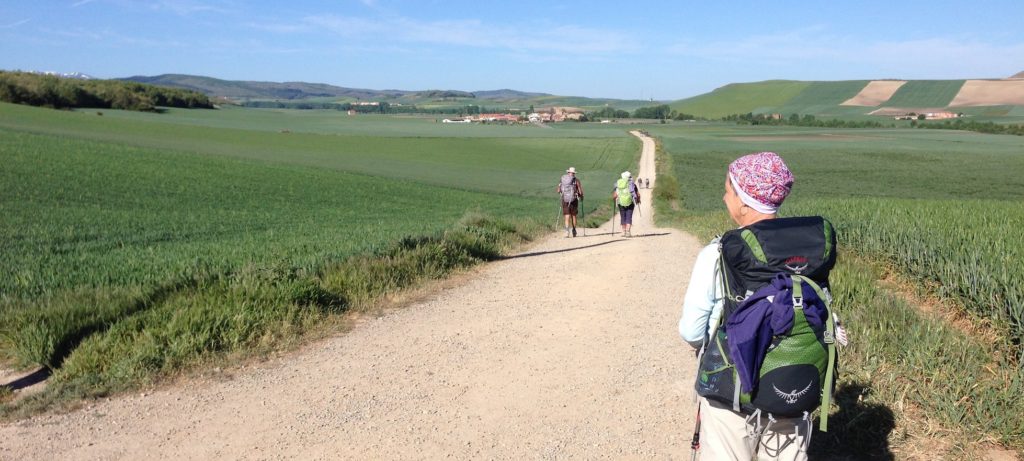
Today is Maundy Thursday, the beginning of the Triduum, the three holiest days of the Christian church year. These three days—Maundy Thursday, Good Friday, and Easter—are the crux of the matter, literally. The story of Jesus’ crucifixion, death, and resurrection are the heart of the Christian story.
Even if you’re not Christian anymore or ever, these three days are the heart of your story as well.
Death and resurrection are the way of things. We were born to die and be reborn over and over until our physical selves can’t hold us anymore. We suffer when we resist this basic truth—to be an Earthling is to be constantly dying and rising again. Change isn’t linear or always pretty. To be alive is to die and rise again, over and over, messily, imperfectly, gloriously.
As we grow, change, and evolve, we will find that we need to shed our too-small skins. I feel like I’m shedding my skin like a snake these days. Dropping identities and stories left and right. Shreds of (metaphorical) tissue-thin skin fall off me constantly. I feel messy, imperfect, and maybe just a little glorious.
This is the Easter story. This is the human story. This is our Earthling story. Jesus’ story is our story. Jesus’ death is our death, and when he rises again on Easter, he rises for all of us. He shows us the way home.
This excerpt from the last pages of my novel Lost and Found (available for free download here) describes a dream of Martha, my peregrina hero. In her dream, Martha integrates cut-off parts of herself, sheds her now too-small skin, and becomes a new creation.
Martha wakes up before sunrise in the albergue in Foncebadón, a few kilometers down the mountain from La Cruz de Ferro. She lies in bed listening to the sounds of pilgrims waking up and getting on with their days – the rustling of convertible pants and water running in the communal bathroom. She’s tired of writing. She’s tired of thinking. Today she only wants to walk in beauty. She yearns to shed this old skin that keeps her small and tired. She feels the pinching of the chrysalis. It’s time to emerge. She feels the pinching of the too-small skin. It’s time to shed. The snakeskin is a more apt metaphor than the chrysalis. She feels more like a snake than a butterfly. She feels low to the ground and slithery and heavy, not light and airy and floaty. She feels powerful. And beautiful.
Last night’s dream floats into Martha’s awareness. In the dream, she enters a cave in search of something she’s lost. In the cave is a cage full of children, all about seven years old. They’re girls, and they’re mangy and crazed. She’s frightened and repulsed. They look up when they see her, all except one feral child who’s sitting in the corner, muttering and chewing her snarled hair. Like refugees, they crowd to the chain link fence that encloses them and reach out their hands to her.
Martha’s heart sinks. She doesn’t want to know this. She doesn’t want to know these children are here. She doesn’t want the responsibility of knowing they’re here. What is she supposed to do with them? Clearly, they can’t stay here, and now that she knows they’re here, it’s her responsibility to take care of them. Her cheese is falling off her cracker. She feels unhinged, because she knows beyond a shadow of a doubt that these girls are parts of herself.
That one’s Courage and the one over there is Creativity. Those two are Imagination and Intuition. There’s Playfulness. The feral one with the snarled hair, the one sitting on the dung heap in the corner, muttering and biting her fingernails, is Rage. She sees Desire and Tenderness, too.
Martha feels a hand in hers and looks down to see clean and tidy uncaged children surrounding her. These are the little girls who have been with her all these years – Worry, Anxiety, and Fear, and the sturdiest of them all is Sadness. They’ve been faithful companions, and they tell her they’ve missed their sisters.
They tug on her hands to show her where the gate is. They tell her that her job is to let their sisters out of the cage. She’s safe and it’s okay. It’s time to shed the skin that keeps them in. It’s time to tell the truth and to acknowledge the sadness, yes. But more than that, and even scarier, they want her to let them rest a little. Sadness, Worry, Fear, and Anxiety would like to share the burden with Play and Anger and Courage and Imagination.
They understand this means Martha won’t feel in control anymore. The parts of her who want to explore and create will take her to places she didn’t even know existed. They won’t let her stay small and quiet and hidden.
Fear says, “Martha, I’m tired of steering you and keeping you safe. How about you let me share the load with my sisters? I know you’re scared. You’re scared that you’re going crazy. You’re not crazy. You’re brave. You’ll be even braver when you let Courage out to play with us.”
“How do I love them?” Martha asks Sadness and Worry. “How do I take care of them?”
“You know how to take care of them,” says Hope. Where had she come from? “You’re compassionate and strong, Martha. You only have to let yourself be reborn.”
“Here,” Hope says, and unlocks the gate. “Come out,” she says to the caged girls, “and let’s take care of Martha.” The little girls come out – some with shouts of joy and some with trepidation – to join Hope around a pool. The pool is surrounded by ferns, mosses cling to the wet rocks, and steam rises from it.
The girls slowly and reverently help Martha disrobe and lead her to the pool. They gently urge her to lie down in the warm water. They stroke her and rub her and sing to her. Martha realizes they’re rubbing off her old skin. They raise her up and walk her to where the sun is entering the cave. They rub her dry with soft, thick, warm towels. Her new skin is thin and porous. Martha feels both raw and incredibly strong. The girls rub her new transparent skin with oil, still singing.
Martha sits down on a granite boulder and opens her arms. One by one the little girls crawl into her chest. Martha is big enough to hold all of them now. Last to crawl back in is Hope. She reaches out and hugs her mom as she returns where she belongs. Martha looks inside her heart. Hope and the little girls are playing in the grass by the side of the desert creek, watched over by their vigilant guardian.
Fully awake now, Martha emerges from her sleeping bag. Her dad’s bunk is empty. She wants to mark this metamorphosis. She digs out the scissors in her foot care kit and goes to the garden of the albergue. Her only companions are the chickens. With the scissors made for cutting bandages, she cuts off her hair so it’s sticking out about an inch all over her head, like a halo. A messy gray halo. Hair is all over the ground. Birds will use it for nests. In this windy place it will blow away before lunchtime.
Whatever your faith or spirituality, I wish you a blessed death and rebirth.
May we trust our hearts. May we trust God, whoever and whatever Holiness is for us.
Happy Easter!
Love, Barb
Image: Jed Holdorph, 16 May 2014, Camino de Santiago
A letter from God to her daughters who observe Lent
Dear Daughter,
On Ash Wednesday, if you were in church, the minister would invite you to the observance of a “holy Lent” and mark your forehead with the ashes of repentance.
Let me be very clear about this: I love you so much. I delight in you. I cherish you. For ever.
Here are a few more things I want you to comprehend. Despite what you’ve been taught, “holy” does not mean pure and unearthly. “Sin” does not mean breaking my rules and making me mad. “Penitence” does not mean listing and wallowing in all the ways you’re wrong and bad. “Repentance” does not mean promising to do better to stay out of trouble.
Please think about these words a new way, on Ash Wednesday and every other day going forward.
What if you only sin when you refuse healing and cling to brokenness? When you use those sharp broken edges to hurt yourself and others?
What if holiness is when you choose to be whole, even though you’re terrified? When you embrace and enfold those pieces of yourself you’ve lopped off to fit into others’ molds?
What if penitence is when you see yourself clearly, and know, speak, and live from your heart?
What if repentance is returning to your true self in all her messy glory?
What if, this Lent, instead of focusing on the ways you’re not good enough and the ways you fall short, you commit to your own healing?
I was there at the Big Bang, enlivening every particle, atom and molecule. You are made of me, and through me you are connected to everything and everyone. I am everywhere, my love. You live in me and I live in you.
This means, my dear, when you let yourself be healed, your healing heals the world. And when you cling to your brokenness, the world stays a little more broken than it needs to be. Your healing is important and necessary.
You think your healing is selfish. That’s incorrect. On the contrary, your healing is crucial. I’m using that word deliberately, sweetheart. Your healing is the crux – where you and I come together.
This Lent, the only fasts I want from you are these: Fast from distractions that allow you to stay wounded and broken. Fast from believing you’re not good enough. Fast from making yourself small, and nice, and silent. Fast from all judgment, especially of yourself.
This Lent, make space for me to flow into you and through you.
Befriend your fear, your anger, and your sadness. They are a deep source of nourishment and strength.
Let your love go free.
Let your joy be unconfined.
Sweetheart, healing isn’t complicated, and it’s always here for you. All you have to do is tap into it, like a springtime maple tree or an aquifer of living water. You know this. But it’s so easy to forget, isn’t it? All you have to do is let me clear out the dams and the trash, the resentments and identities and old, too-small skins that keep you stuck and stagnant. Open your heart armor just a little. Let go, child. Breathe and soften. That’s all you have to do. I’ll do the rest.
This Ash Wednesday, let those ashes symbolize our unending connection, a connection so easy to forget and so simple to strengthen. When the priest wipes those gritty ashes on your forehead and says, “Remember that you are dust, and to dust you shall return,” celebrate your elemental oneness with this dear, dirty earth, and with me. I am in those ashes, in the dust, in the stars, and in you.
I need you, my daughter. You’re the only you I created. Please, let yourself be the creation I made you to be. You don’t need someone outside yourself telling you how to live. Trust yourself. Trust your heart. Trust me. I’ve got you.
All my Love,
God
A Lenten gift for you: two printables of this post are downloadable here.
Photo: Ahna Ziegler on Unsplash
“Are those HUMAN ashes?!”
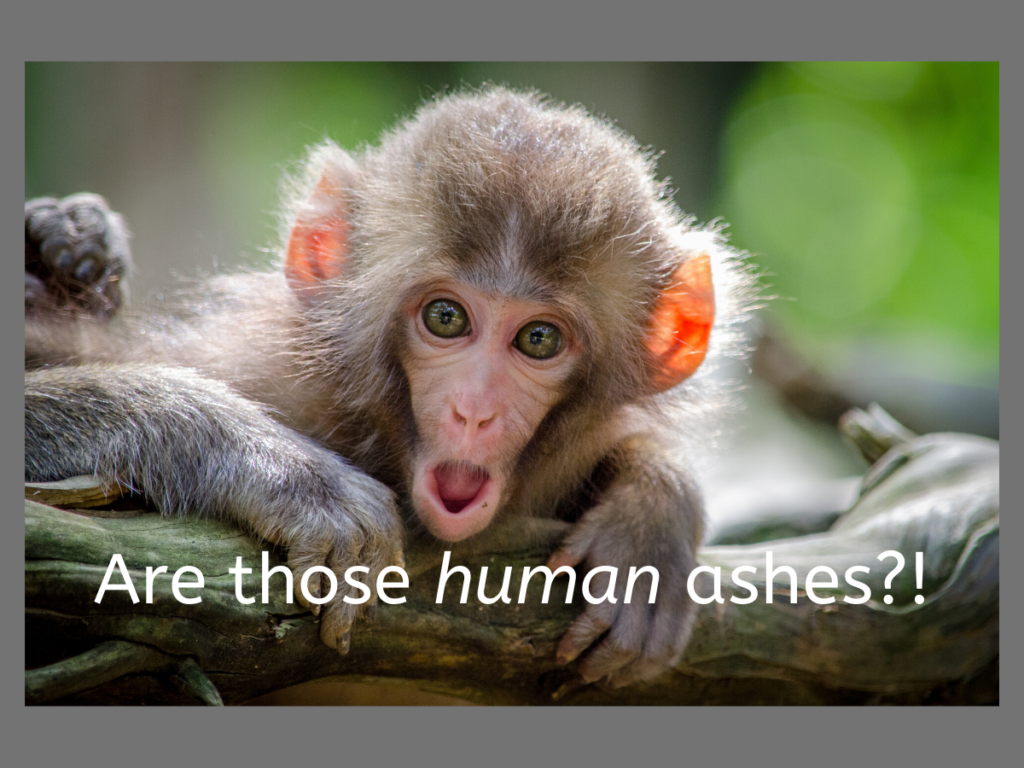
“Are those human ashes?!”
Three twelve-year-old boys asked me that question when I was teaching at a Roman Catholic school some years ago. These boys, Protestant like me, were attending the compulsory Ash Wednesday mass for the first time, and were horrified at what they thought was going on.
I reassured my young students that no, those were not human ashes.
Today though, to you, I say “Yes! I hope so!” I hope the ashes of Ash Wednesday are your ashes. I hope during this holy season of Lent that you let what’s in the way of love burn up in Easter’s holy fire and wash away in the waters of new birth.
Lent is a time to get back to the true you. To return to and relearn the real sweetness of your heart, underneath the accumulations, armoring, and disguises of the years.
Soften. Gently notice obstacles to love and let them be removed. Be open and willing to be burned up. Trust your essential goodness. Listen deeply to your heart, which is the same thing as listening to God.
Your heart is also God’s heart. Your soul is that place within you where you and the Holy are most connected and interpenetrated.
That’s the point of Lent. Disciplines are how we do this relearning, reconnecting, and listening, as incarnated souls living in precious bodies on this lovely planet in this singular moment. So choose your Lenten discipline carefully and make sure it does what you want it to do.
Perhaps you imagine Lent as spring cleaning. Or getting the garden ready for another growing season. Or razing that fancy McMansion and building a tiny sustainable house in its place. Or, as they do in northern New Mexico, cleaning the acequias so water flows freely to thirsty places. Or something else entirely.
The point, when the priest smears the gritty ashes on your forward and says “Remember that you are dust, and to dust you shall return,” is not to dwell in your badness. The point is to reconnect with your goodness, your heart and soul, where you are at home in Holiness.
The hope of Lent is to give everything that is not true – every obstacle to loving yourself, others, and our world – to the flames of Lent.
Give everything that binds you to the flames, and rise in freedom with the sun of Easter.
Photo by Jamie Haughton on Unsplash


